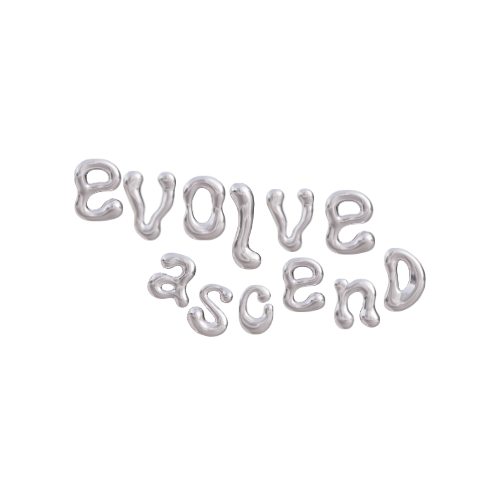Six Key Figures in Western Ceremonial Magick
The world of traditional Western Ceremonial Magick enjoyed a renaissance during the late 19th and early 20th centuries. Groups like the Theosophical Society, the Hermetic Order of the Golden Dawn, Ordo Templi Orientis, and the Builders of the Adytum sought to bridge esoteric philosophy with practical spiritual work.
Here is a brief overview of a few major characters from this period of time.
Helena Blavatsky (August 12, 1831 – May 8, 1891)
Blavatsky was a highly influential mystic and spiritual medium born in Russia and later moved to London. She co-founded the Theosophical Society in 1875 with the intent to synthesize science, history, philosophy, religion, and esotericism.
One of her life goals was to create a spiritual culture that did not discriminate based on race, gender, or social caste.
Many people credit Blavatsky for spearheading the New Age movement.
Samuel Liddell MacGregor Mathers (January 8/11, 1854 – November 5/20, 1918)
S.L. Mathers was a high-ranking member of a British magickal group called the Hermetic Order of the Golden Dawn. Founded in 1888, the Golden Dawn was based on a collection of rituals prescribed by a document called the Cipher Manuscripts. Their philosophy was influenced by Hermetic Kabbalah, astrology, tarot, alchemy, and traditional Western ritual techniques.
His position within the order was complicated and controversial due to his leadership style and association with Aleister Crowley. Despite being expelled from the Golden Dawn in 1900, Mathers soon re-established himself and helped to set up a few lodges in the United States.
Aleister Crowley (October 12, 1875 – December 1, 1947)
Crowley may be the most famous occultist of the 20th century. In addition to his prolific writing career, he was also a painter, mountain climber, and chess master. His aspiration to destroy Christianity and replace it with a more sophisticated religious-mystical worldview has earned him an unsavory reputation.
Crowley is often accused of being a Satanist, but he did not believe in the Judeo-Christian paradigm, so he did not believe in Satan. Crowley started his own religion called Thelema, based on the channeled transmission of an entity called Aiwass.
His tarot deck, called the Book of Thoth, is very popular.
Jack Parsons (October 2, 1914 – June 17, 1952)
Few people recognize the impact that Jack Parsons had on Western Ceremonial Magick. His background in chemistry, business, and rocket propulsion systems earned him a reputation as one of the most important figures in the history of the US space program. He was a founding member of Jet Propulsions Laboratory, a federally funded research group based in California and managed by NASA. Parsons led a double life. He was one of Crowley's American acolytes and played a formative role in spreading the religion of Thelema through the United States. Parsons also worked closely with L. Ron Hubbard, who allegedly lifted a number of core esoteric teachings from his time with Parsons and later used them to start Scientology.
A key element from Parsons' life story involves a series of rituals called the Babalon Working, based on the writings of Crowley, which he performed with Hubbard to summon an incarnation of the divine feminine. Shortly after, he met Marjorie Cameron, a red-headed woman who matched the description of Babalon. Parsons died at age 37 in a laboratory explosion.
Paul Foster Case (October 3, 1884 – March 2, 1954)
Case is a lesser-known underdog in the story of Western Ceremonial Magick. He is often overshadowed by A.E. Waite, after whom the Waite tarot deck is named. Case was a performing musician who got roped into a New York branch of the Hermetic Order of the Golden Dawn called the Hermes Thoth Lodge.
After a series of arguments with Moina Mathers (wife of SL Mathers) over sex magick, Case left the Golden Dawn and moved to Los Angeles, where he started his own group called the Builders of the Adytum.
He went on to publish a number of books and produce his own tarot deck. Case is unique because he introduced musical notes to the Golden Dawn's Qabalistic color scales.
Israel Regardie (November 17, 1907 – March 10, 1985)
Regardie was a remarkable figure. He worked as Crowley's secretary and gained a great deal of direct experience with magick before branching out to write his own books. Regardie was very comfortable with mysticism, yet he also brought psychoanalysis into the conversation and put forward the idea that initiates should be required to put in a great deal of self-examination and therapy before embarking on the magical quest.
He is the author of important esoteric books like A Garden of Pomegranates and The Middle Pillar, as well as the definitive biographical work on Crowley called The Eye in the Triangle.







